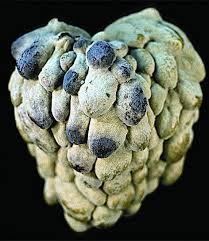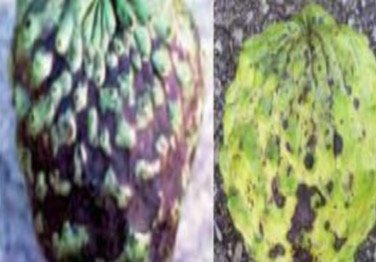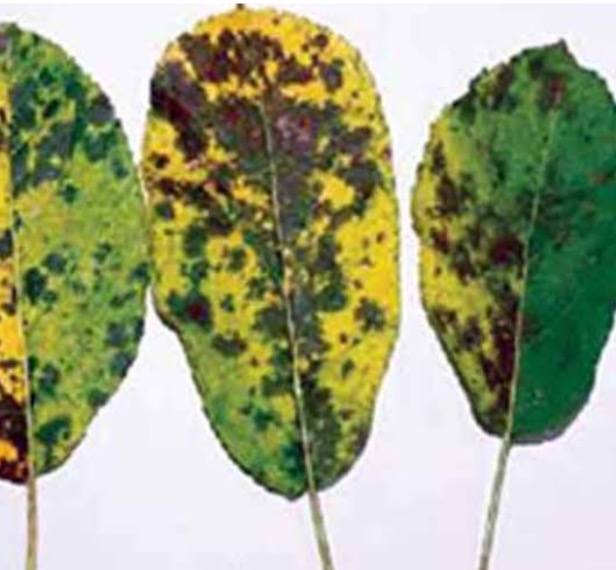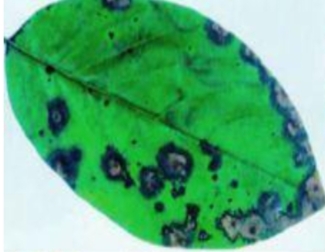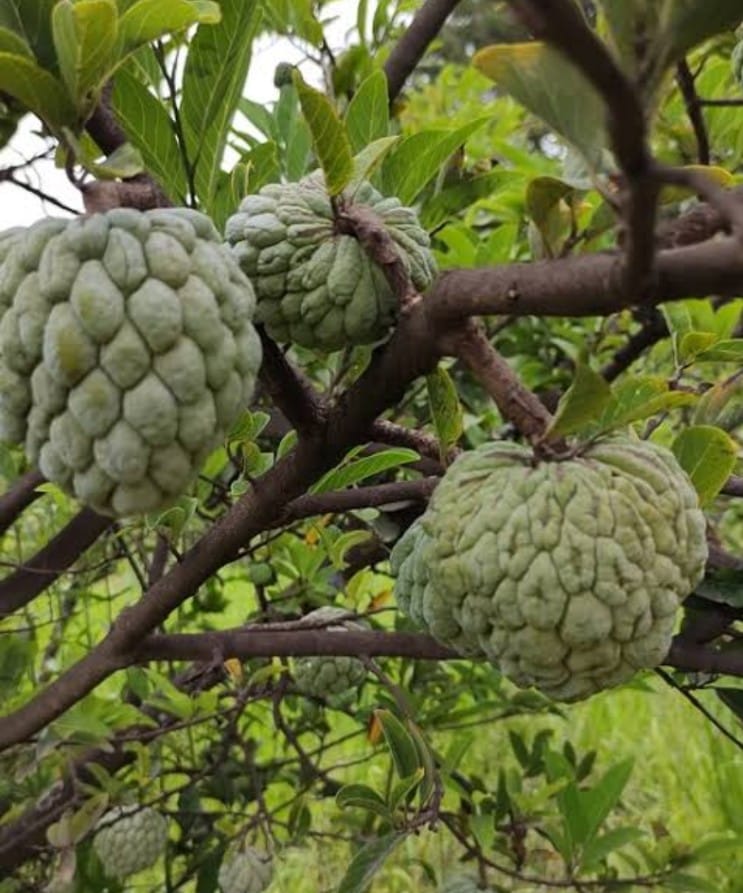Custard Apple Plant
Custard Apple , also known as Annona squamosa or Custard Apple, is an outdoor fruiting tree. Plant in well-draining soil with full sun exposure. Water consistently, especially during dry periods. Pruning can be done to shape the tree and remove crowded or dead branches. Fertilize during the growing season.

Habit
Tree
Height
100 ft
Growth
Fast
Soil
Well Drained, Loamy
Shade
Full Sun
Moisture
Low
Edible
Yes
Medicinal
Yes
Origin
Central America
Climatic Condition
Tropical, sub-tropical
Temperature (°)
20 to 35
Humidity (%)
50 to 70
Potting media
Sandy-loam mix
Fertilizers
High phosphorus, organic
Watering
Regular, deep watering
Plant Weight
200 to 500 g
Flowering Time
3 to 6 m
Soil Ph level
5.5 to 6.5
Water Ph level
6.0 to 7.0
Soil EC
0.4 to 1.5
Yield Per Plant
10–28 kg
NPK ratio
10:10:10
life Span
10 to 20 years
Health Benefits
Rich in vitamins A, C; improves digestion, supports immunity.
Suggested Grow Media or Potting Mix ?
50% loamy soil, 30% compost, 20% sand
Suggested Fertigation/Fertilizers
Fertilize every 2-3 months with a balanced fertilizer.
Common Diseases and Remedies
Anthracnose ,Black Canker , Leaf spot
Small yellowish spots first appear along the leaf margins, which gradually enlarge and turn into brownish patches with concentric rings.
Fruit Protection Bags help the Custard Apple to be good looking, ripe colour, and don't have any black marks and damages.
Spray dichlorvos 0.05%, two times at new flush and shoot formation and second at fruit set. Release Cryptolaemous montrouzieri beetles @ 10/tree.
HEALTH BENEFITS
- Boosts Immunity: High in vitamin C and antioxidants.
- Improves Digestion: Rich in fiber, aiding gut health.
- Good for Heart Health: Helps regulate blood pressure.
- Supports Brain Function: Contains B vitamins for cognitive health.
What Is An Custard Apple Tree?
Custard apple, also known as sugar apple or sweetsop, is a tropical fruit that is edible. While the precise origin of custard apple is a topic of debate, it is widely accepted by experts that it is native to regions ranging from Southern Central America to tropical South America.
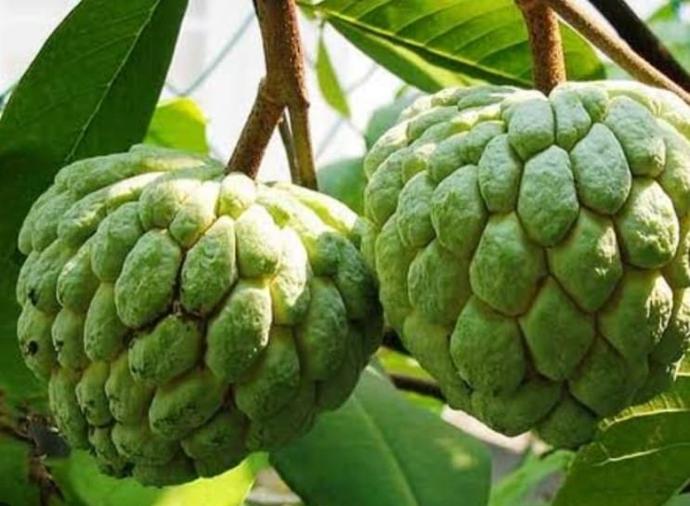
What Are The Different Types Of Custard Apple Plants?
1. Cherimoya
The sugar apple is a well-loved tropical fruit often mistaken for custard apple and cherimoya due to their similar appearance and shared family. However, the sugar apple is the most commonly cultivated variety among them
2. Soursop
Soursop, also called Lakshman Phal in India, is a fruit native to Brazil, believed to be a miraculous food for cancer patients due to its high nutritional value and antioxidant properties.
How to take care of Custard Apple Plants ?
Custard Apple require sunlight and cool ocean air at night, preferring well-draining soil with medium fertility and a pH of 6.5-7.6. Water deeply every two weeks during the growing season, then stop when tree is dormant. Fertilize with 8-8-8 in winter, increasing amount yearly until fruiting begins. Prune to promote strong branches and train tree to two scaffolds during dormancy. Protect young trees from frost.
1. Location
Young Custard apple trees and their fruit are easily harmed by frost. Growing them indoors is not feasible. The plant pot needs to be positioned in a spot with ample sunlight and shielded from strong winds.
2. Sunshine
These trees need full sun and can be planted at any time in well-drained soil. They typically bloom from April to May and produce fruit in 3 – 4 years from August to November.
3. Soil
Soil requirement and manures Flourishes in all types of soils like shallow, sandy, but fails to grow if the subsoil is ill drained FYM @ 10-15 kgs
4. Hydration
Temperatures of 15 to 20°C and humidity levels of 85% to 90% are recommended for hydration.
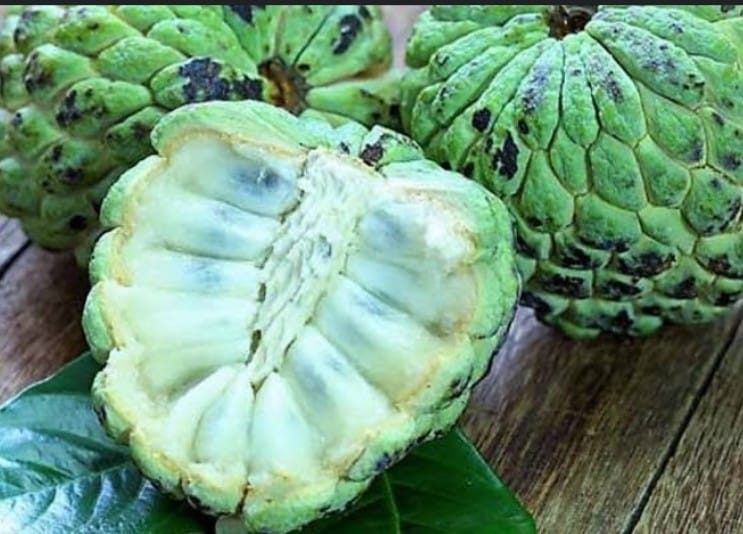
5. Nourishment
Each plant should receive 10-15 kg of FYM and 250:125:250g of NPK annually in two separate doses.
6. Issues
Abnormal fruit shape. Leaf disease , Small bumps resembling galls on leaves , Yellow to light orange lines on leaves , Yellow-brown marks , White waxy coating , Infestation by larvae , Yellowing and restricted growth.
What are the benefits of Custard Apple ?
Support digestion, regulate bowel function, and relieve constipation. Additionally, the abundance of vitamins A and C enhances eyesight, nourishes skin and hair, and enhances heart health through blood pressure regulation.
FAQs About Growing Custard Apple
1. When will grafted fruit plants begin fruiting?
Grafted plants typically yield fruit within two years, in contrast to non-grafted plants which require more than two years.
2. What climate conditions are suitable for custard apple plants?
Custard apples thrive in warm and humid tropical climates with mild winters, with an ideal temperature range of 20–35°C, suitable for cultivation from sea level up to 1,000 meters.
3. What type of soil is best for custard apple plants?
Custard apples flourish in well-drained, fertile, mulched soil.
4. How can I propagate custard apple plants?
Custard apples can be propagated through seeds, with seedlings ready for transplanting into the field at 8–15 months old and having at least four mature leaves.
5. How should I water custard apple plants?
Regular irrigation is essential during dry periods.
